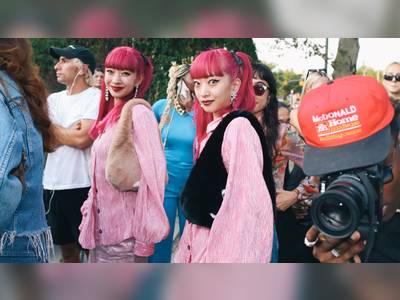Still seeking self-tanning perfection? Victoria’s Secret bronzing guru Meredith Baraf and St. Tropez celebrity tanning expert Fiona Locke reveal how to get a natural-looking faux glow.
Code Orange! Avoid Looking Like a Carrot
Most self-tanners
contain dihydroxyacetone (DHA), a colorless sugar that interacts with
the top layer of skin to darken. According to Locke, who works with
Olivia Wilde, Katharine McPhee, and the cast of Dancing with the Stars,
an orange tint is often due to an over-saturation of DHA—which can
occur when you layer on too much product or use a self-tanner with a
percentage of DHA too high for your skin type. “Some people can
tolerate higher levels of DHA than others, based on their natural tone
and skin pH,” says Locke. “I have certain clients where I can put a
tremendous amount of product on and they absorb it like a sponge and
never get too dark or turn a strange color. Others, I’ll do one light
layer and they’re ultratan.” To determine how a self-tanning solution
will work with your skin, Locke suggests applying a small amount to a
test area before covering your entire body.
Besides avoiding the urge to slather on or spray loads of product, Locke says choosing the right formula also determines how your tan will appear. “Go with a reputable brand, one that uses a lower percentage of DHA so that you can build your color accordingly,” she says. Bronze-seekers should also go for products infused with erythrulose, a sugar sourced from raspberries. The combination of DHA and erythrulose in a sunless tanning product is believed to yield longer-lasting, cosmetically-pleasing color. Some self-tanners, like those found in the St. Tropez collection, also contain green pigment to help counteract any orange.













